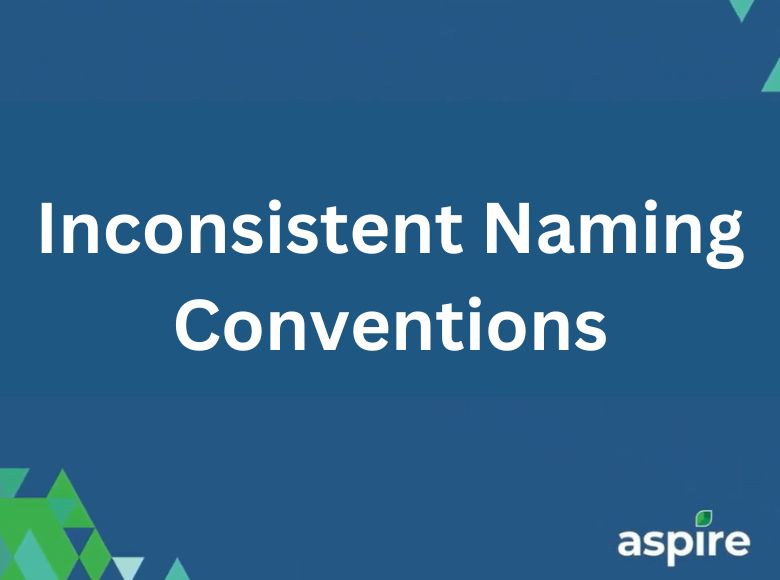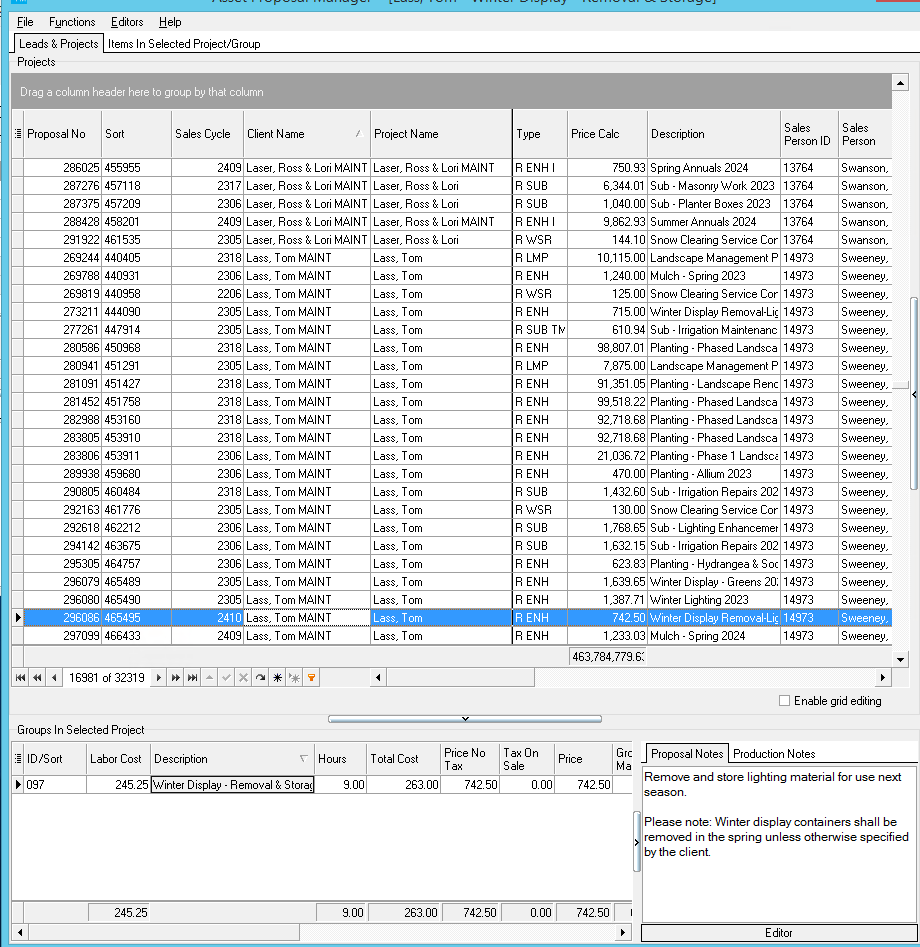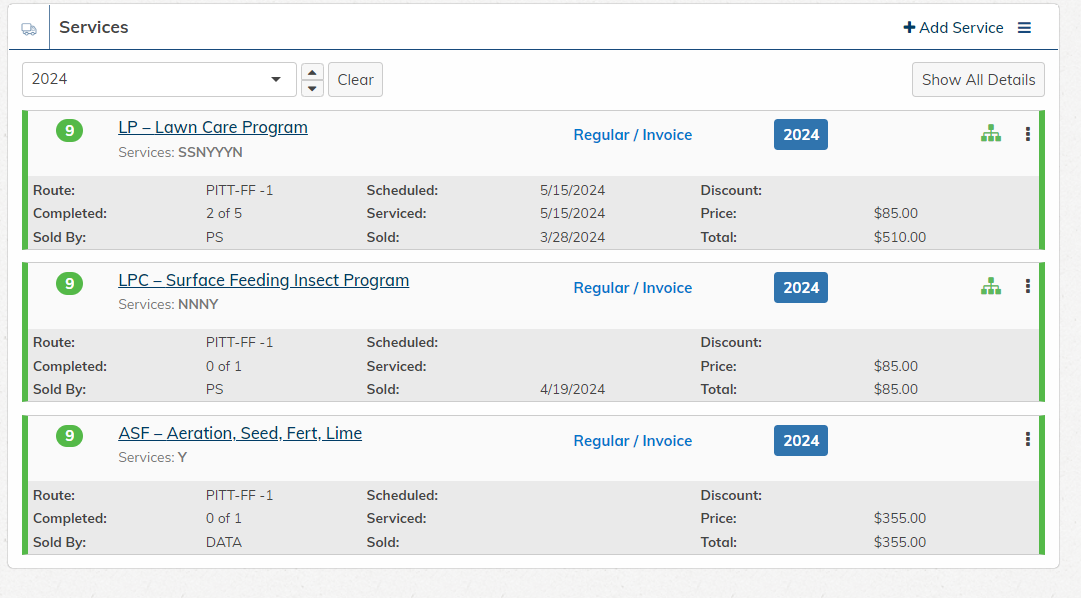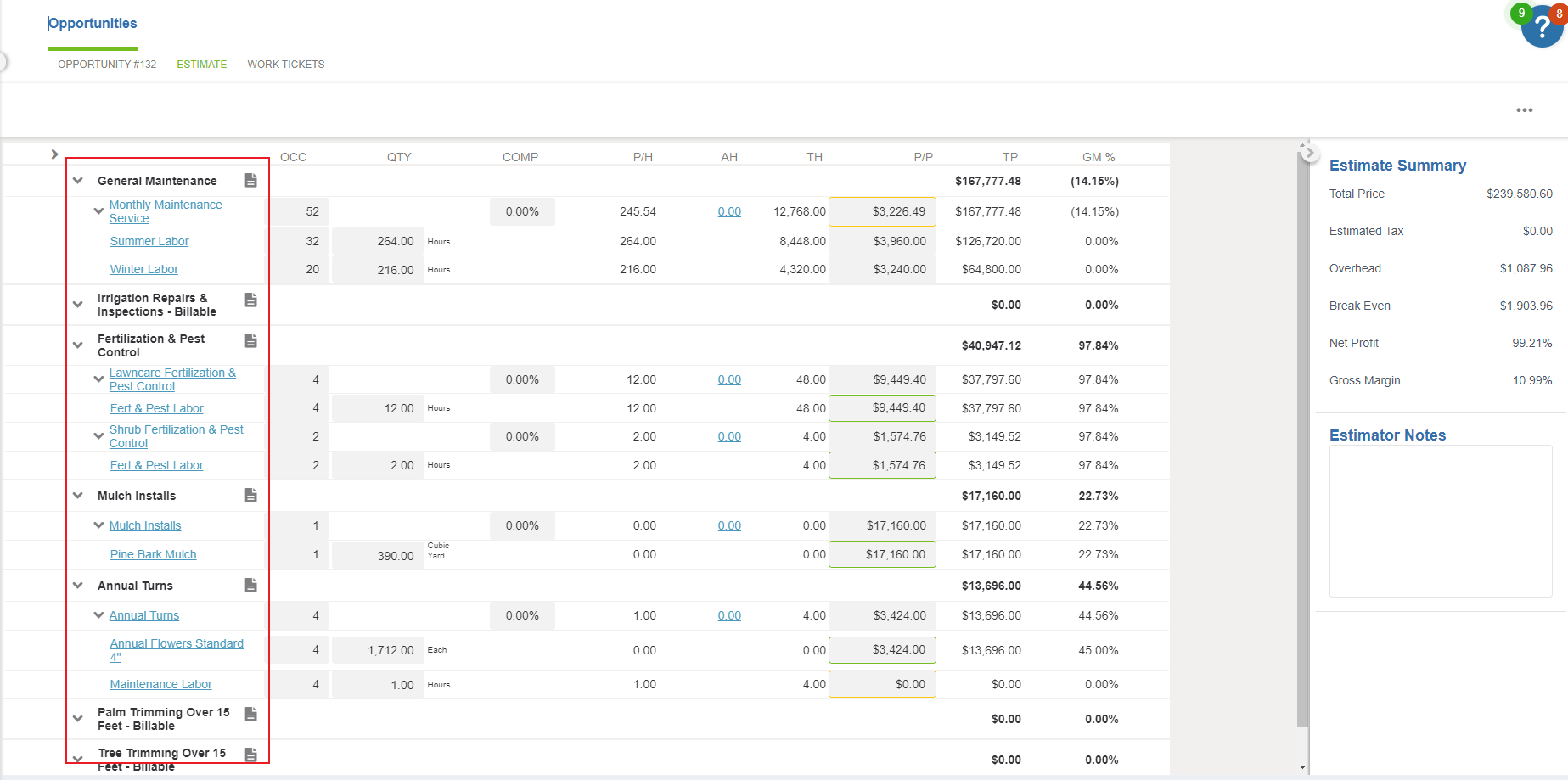Offshoring Landscape Design Work
In today’s competitive business environment, companies are constantly seeking ways to optimize their operations and reduce costs while maintaining high-quality outputs. Offshoring has emerged as a viable strategy to achieve these goals, and it’s not just limited to traditional industries like manufacturing or customer service. One area where offshoring is proving particularly beneficial is landscape design.
Why Offshore Landscape Design Work?
1. Cost Efficiency:
- Reduced Labor Costs: Offshoring landscape design work to regions with lower labor costs can result in significant savings. Talented designers in countries with a lower cost of living can provide high-quality work at a fraction of the cost of local designers. According to a report by Deloitte, companies can save up to 70% on labor costs by offshoring certain tasks to countries with lower wage rates .
- Operational Savings: Offshoring reduces overhead expenses such as office space, utilities, and equipment, allowing companies to allocate resources more efficiently. A study by McKinsey highlights that offshoring can lead to operational savings of up to 40% .
2. Access to Global Talent:
- Skilled Professionals: Countries like India, the Philippines, and Eastern European nations are home to a vast pool of skilled landscape designers with strong educational backgrounds and a passion for creativity. A report by the Harvard Business Review notes that offshoring provides access to a larger talent pool, enabling companies to find the best skills available globally .
- Diverse Perspectives: Engaging with international designers brings diverse perspectives and innovative ideas, enriching the design process and resulting in unique, creative solutions. This diversity can lead to more innovative and effective designs, as highlighted by a study from the Boston Consulting Group .
3. Enhanced Productivity:
- Time Zone Advantages: Offshoring to different time zones can create a 24-hour work cycle, enabling continuous progress on projects. This leads to faster turnaround times and increased productivity. According to a study by PwC, leveraging time zone differences can enhance productivity and ensure faster project completion .
- Focus on Core Activities: By offshoring landscape design work, companies can free up their in-house teams to focus on core business activities, such as client relationships and business development.
How Process-Smart Facilitates Offshoring Landscape Design:
1. Expert Team:
- Skilled Workforce: Process-Smart employs highly educated professionals from local universities who are well-versed in the latest landscape design trends and technologies.
- Comprehensive Training: Our team undergoes rigorous training to ensure they meet the highest standards of quality and creativity in landscape design.
2. Security and Compliance:
- Data Protection: We prioritize the security of our clients’ data, implementing robust measures to ensure confidentiality and compliance with international data protection regulations.
- Quality Assurance: Process-Smart maintains stringent quality control processes to ensure that all design work meets client specifications and exceeds expectations.
3. Customized Solutions:
- Tailored Services: We understand that each client has unique needs. Process-Smart offers customized solutions to cater to specific project requirements, ensuring personalized and effective design services.
- Seamless Integration: Our team works closely with clients to integrate seamlessly into their workflow, ensuring smooth communication and collaboration throughout the project lifecycle.
Case Study: Successful Offshoring of Landscape Design
One of our clients, a leading landscaping firm, successfully offshored a significant portion of their design work to Process-Smart. By leveraging our talented team, they achieved a 40% reduction in costs and improved project turnaround times by 30%.
References:
- Deloitte. “Global Outsourcing Survey 2020.” Deloitte Report.
- McKinsey & Company. “Outsourcing: Boosting productivity and efficiency.” McKinsey Report.
- Harvard Business Review. “The Benefits of Global Talent Pools.” HBR Article.
- Boston Consulting Group. “The Diversity Dividend.” BCG Report.
- PwC. “Leveraging Time Zone Differences for Increased Productivity.” PwC Report.






 2. Aspire
2. Aspire










